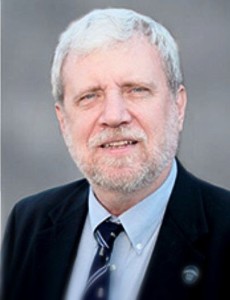We all know the mantra “practice makes perfect,” but not all practice improves performance. In fact, practice can be detrimental to learning and mastery if it is not properly designed
 Anders Ericsson, pictured above, devoted his career to the study of expert performers, and he coined the term “naive practice” to account for the type of repetition that not only fails to improve performance but actually worsens it.
Anders Ericsson, pictured above, devoted his career to the study of expert performers, and he coined the term “naive practice” to account for the type of repetition that not only fails to improve performance but actually worsens it.
Sadly, learners frequently engage in this type of practice during homework activities or independent work in the classroom.
Sloppy practice leads to sloppy outcomes, which is why most of our learners come to us with high rates of guessing and low rates of correct responding. They are also highly distractible and prompt-dependent..

- Pinpointing core skill deficits as count per minute
- Precisely designing practice materials to target core skill deficits
- Timing practice
- Measuring count correct and count incorrect per minute during timed practice
- Plotting these measures on learning charts
- Analyzing count per minute over time (i.e., learning)
- Making instructional changes based on the measured analysis of learning

Learners struggle and fail because of sloppy instruction and practice, yet they are frequently labelled with learning problems due to their poor performance. This shocking lack of accountability in education results in our tragically low proficiency rates.
It’s time to stop the madness!
Science-driven instruction and practice produce exponential learning gains with every type of learner. Contact us today to learn more.


